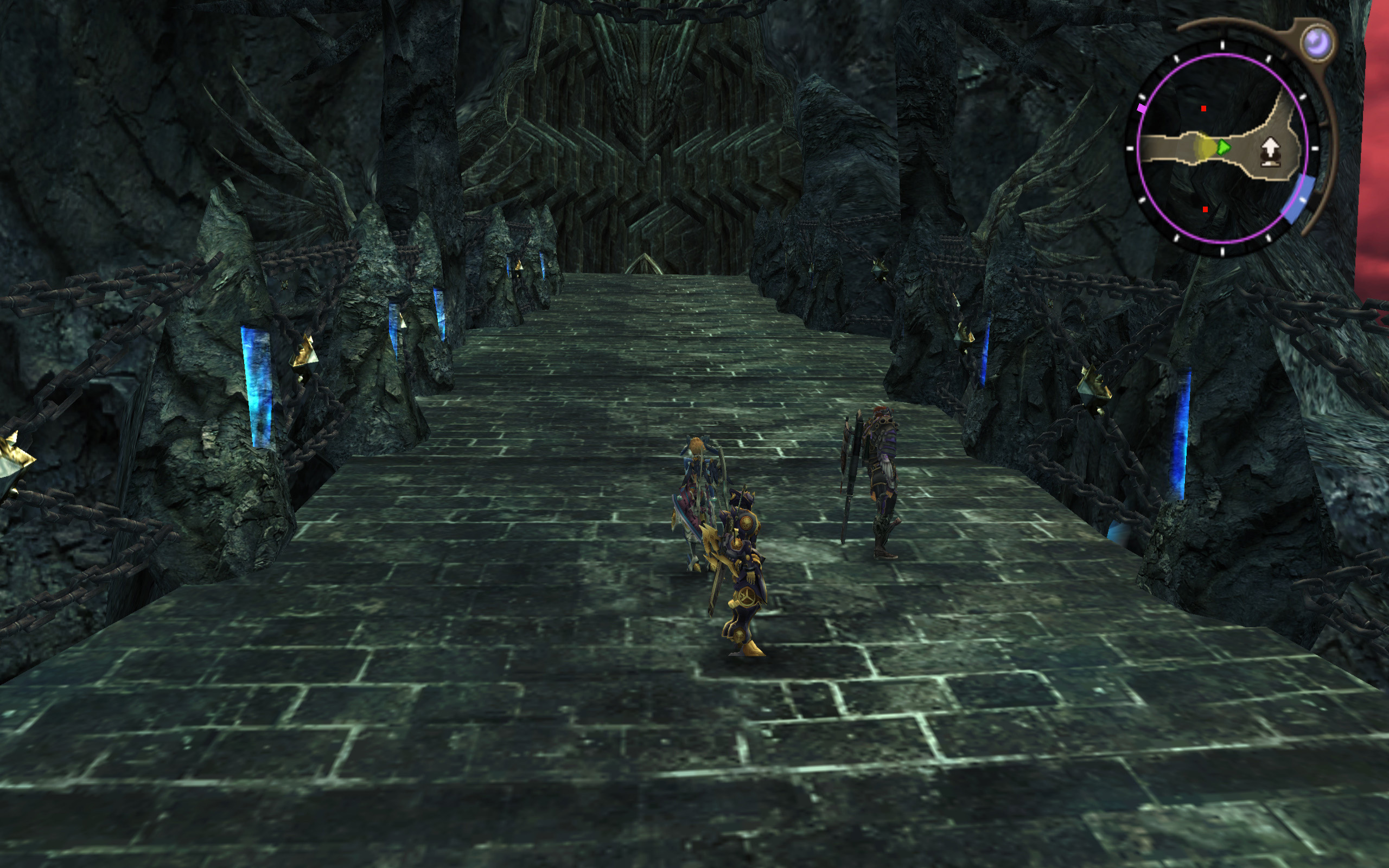


The innermost circle provides the boundaries of the large and small single-copy regions (LSC and SSC, violet) separated by a pair of inverted repeats (IRa and IRB, black). Strand 1 and 2 genes are transcribed clockwise and counterclockwise, respectively. Some genes consist of 5′ and 3′ portions. thaliana as a model plant was 1986, in which T-DNA-mediated transformation and the first cloned A. The latter two were attractive, since they were easily transformable with the then-current technologies, while maize was a well-established genetic model for plant biology. It was one of several candidates that included maize, petunia, and tobacco. thaliana started to become widely used in plant research laboratories around the world. The first International Arabidopsis Conference was held in 1965, in Göttingen, Germany. thaliana research community dates to a newsletter called Arabidopsis Information Service, established in 1964. Rédei wrote several scholarly reviews instrumental in introducing the model to the scientific community. thaliana as a useful organism for biological laboratory experiments. In the 1950s and 1960s, John Langridge and George Rédei played an important role in establishing A. With the help of Albert Kranz, these were organised into a large collection of 750 natural accessions of A. thaliana research by collecting a large number of accessions (often questionably referred to as " ecotypes").

Laibach continued his important contributions to A. thaliana mutants that they generated using X-ray mutagenesis. thaliana in 1945, describing the first collection of A. His student, Erna Reinholz, published her thesis on A. thaliana as a model organism, though, until 1943. Friedrich Laibach (who had published the chromosome number in 1907) did not propose A. thaliana was documented in 1873 by Alexander Braun, describing a double flower phenotype (the mutated gene was likely Agamous, cloned and characterized in 1990). Use as a model organism Ī double-flower mutant of arabidopsis, first documented in 1873 thaliana is edible by humans in a salad or cooked, but it does not enjoy widespread use as a spring vegetable. It is generally considered a weed, due to its widespread distribution in agricultural fields, roadsides, railway lines, waste ground, and other disturbed habitats, but due to its limited competitive ability and small size, it is not categorized as a noxious weed. thaliana readily grows and often pioneers rocky, sandy, and calcareous soils. It has been introduced and naturalized worldwide, including in North America around the 17th century. It also appears to be native in tropical alpine ecosystems in Africa and perhaps South Africa. thaliana is native to Europe, Asia, and Africa, and its geographic distribution is rather continuous from the Mediterranean to Scandinavia and Spain to Greece. These accessions exhibit considerable genetic and phenotypic variation, which can be used to study the adaptation of this species to different environments. thaliana have been collected from throughout its natural and introduced range. Thousands of natural inbred accessions of A. The generic name, Arabidopsis, comes from Greek, meaning "resembling Arabis" (the genus in which Linnaeus had initially placed it). In 1842, German botanist Gustav Heynhold erected the new genus Arabidopsis and placed the plant in that genus. In 1753, Carl Linnaeus renamed the plant Arabis thaliana in honor of Thal. The plant was first described in 1577 in the Harz Mountains by Johannes Thal (1542–1583), a physician from Nordhausen, Thüringen, Germany, who called it Pilosella siliquosa. thaliana may be grown in Petri plates, pots, or hydroponics, under fluorescent lights or in a greenhouse. The central stem that produces flowers grows after about 3 weeks, and the flowers naturally self-pollinate. thaliana can complete its entire lifecycle in six weeks.

thaliana, a unique structure made of a single cellĪ. Scanning electron micrograph of a trichome, a leaf hair of A.


 0 kommentar(er)
0 kommentar(er)
